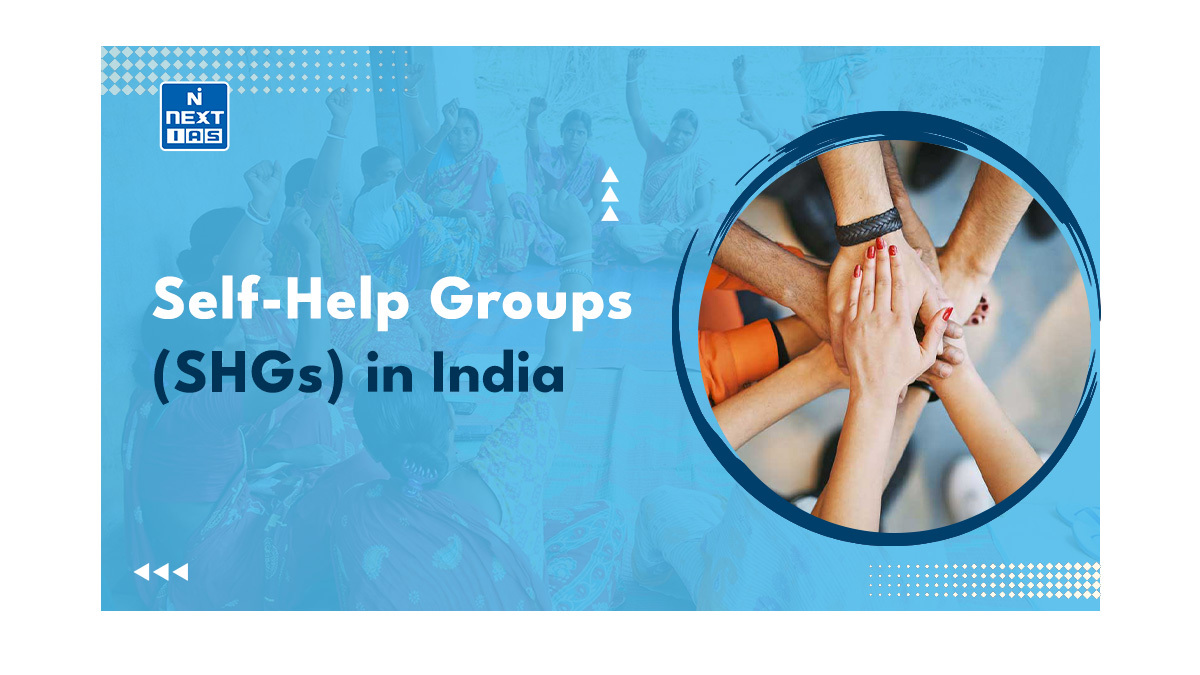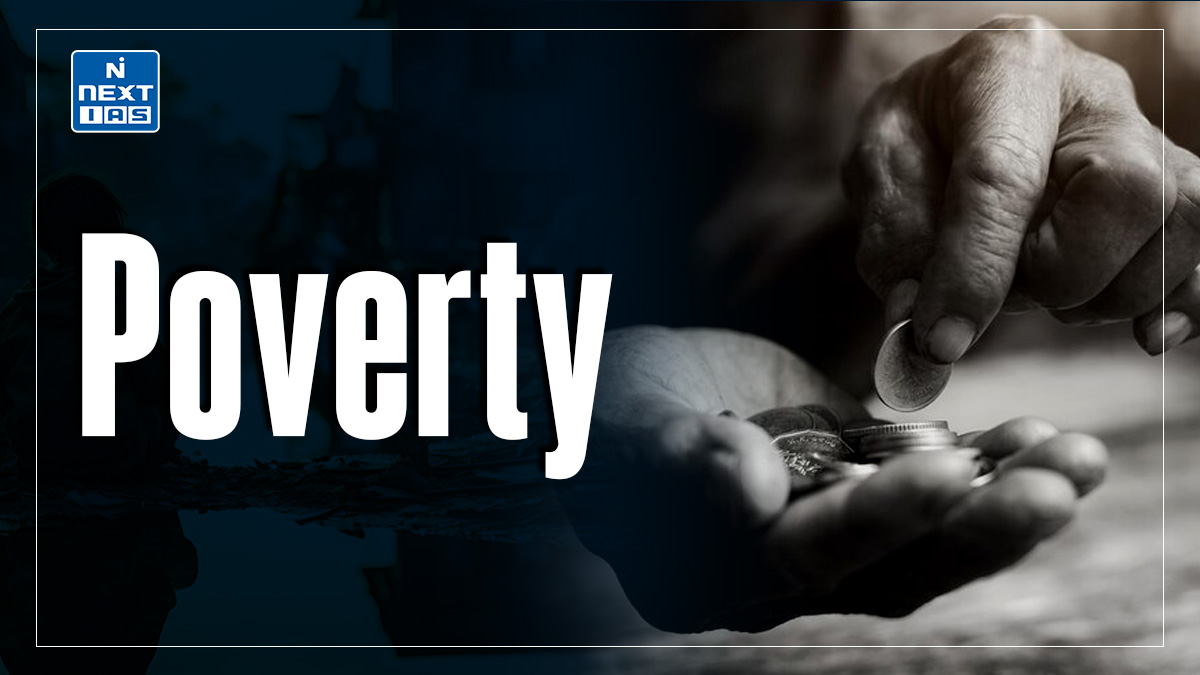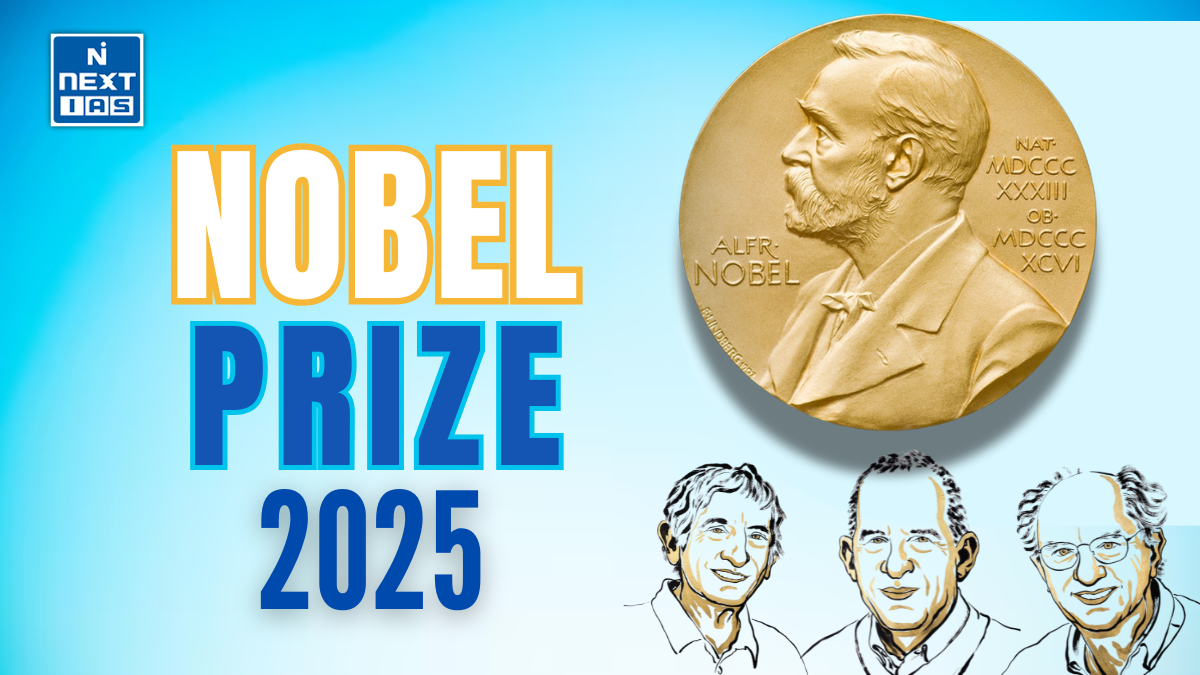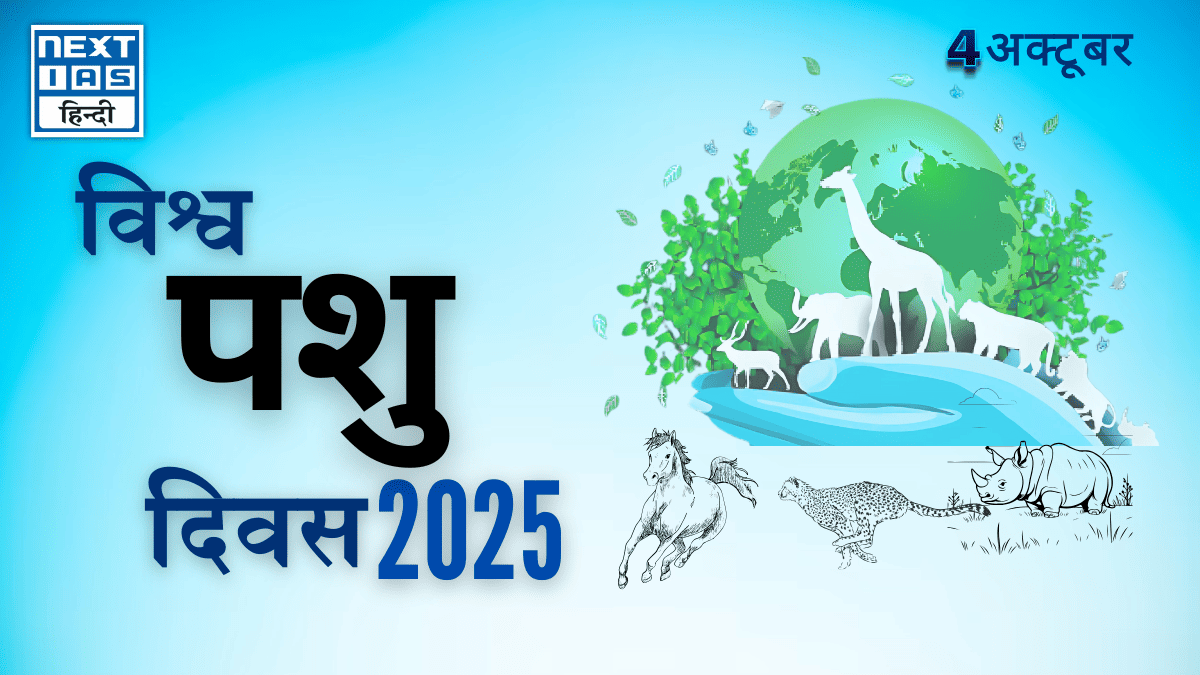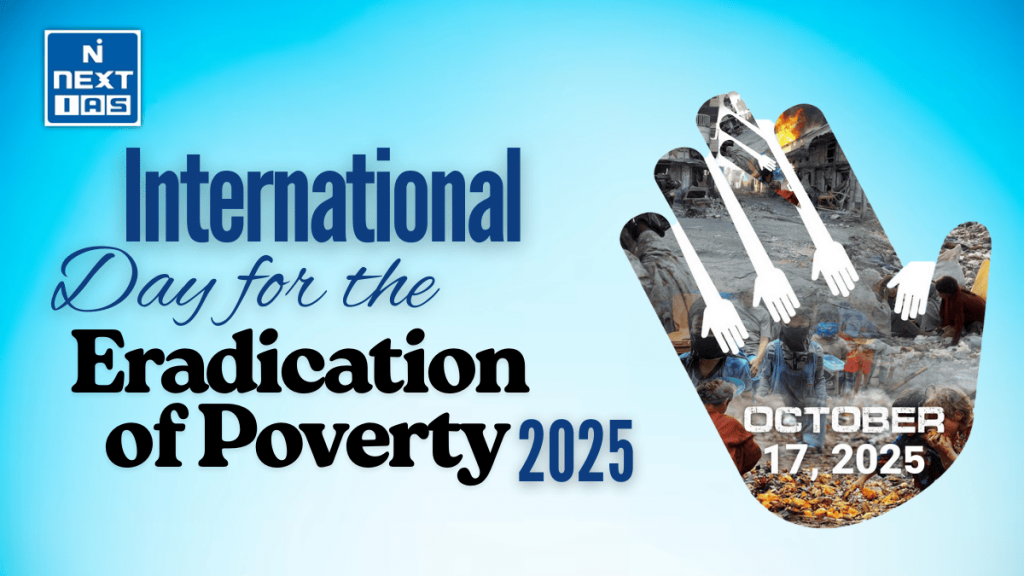
October 17, is celebrated as International Day for the Eradication of Poverty as designated by the United Nations. This article deals with the relevance of the day and India’s status on poverty. This article aims to provide a comprehensive overview of the International Day for the Eradication of Poverty 2025.
About
- The International Day for the Eradication of Poverty is observed every year on October 17th. Its purpose is to foster understanding and dialog between individuals experiencing poverty and the broader society.
- It promotes dialogue and understanding between people living in poverty and their communities, and society at large. “It represents an opportunity to acknowledge the efforts and struggles of people living in poverty, a chance for them to make their concerns heard and a moment to recognise that poor people are in the forefront in the fight against poverty.”
Theme of the Day
- The International Day for the Eradication of Poverty, is a yearly reminder that ending poverty is not only about income, but about dignity, justice, and belonging. In 2025, the Day focuses on a powerful theme: Ending social and institutional maltreatment by ensuring respect and effective support for families.
- The aim is simple yet urgent, put the furthest behind first and build institutions that help families stay together, thrive, and shape their own futures.
- Families living in poverty are often navigating impossible choices while confronting stigma, scrutiny, and systems that can punish rather than support.
- Around the world, parents—especially single mothers, Indigenous families, and those from historically discriminated groups—report daily experiences of judgment and control in places meant to help: schools, clinics, child protection offices, welfare agencies.
- These interactions too often erode trust, undermine agency, and can even result in family separation due to poverty, with lasting emotional and social harm for children and parents alike.
- The 2025 theme is grounded in global consultations with people who have lived experience of poverty and with organizations working alongside them.
- It calls on all of us—policy makers, practitioners, and communities—to listen to families, recognize their efforts, and transform support systems so they are built on trust, respect, and collaboration.
Background
- The International Day for the Eradication of Poverty first commemoration, “World Day to Overcome Poverty” took place in Paris, France, in 1987.
- When lakhs of people gathered on the Human Rights and Liberties Plaza to honour the victims of poverty, hunger, violence, and fear.
- In 1992, the United Nations designated October 17 as the International Day for the Eradication of Poverty.
Why do we mark International Days?
- International Day for the Eradication of Poverty celebrates to educate the public on issues of concern, to mobilize political will and resources to address global poverty, and to celebrate and reinforce achievements of humanity.
Facts & Figures
Global Scenario and India
- Over the past decade, India has significantly reduced poverty, with extreme poverty (living on less than $2.15 per day) falling from 16.2 percent in 2011-12 to 2.3 percent in 2022-23, lifting 171 million people above this line.
- Employment growth has outpaced the working-age population since 2021-22, and employment rates, especially among women, are rising.
- Urban unemployment fell to 6.6 percent in Q1 FY24/25, the lowest since 2017-18.
- Recent data indicates a shift of male workers from rural to urban areas for the first time since 2018-19, while rural female employment in agriculture has grown.
- However, challenges persist: youth unemployment is at 13.3 percent, increasing to 29 percent among tertiary education graduates. Only 23 percent of non-farm paid jobs are formal, and most agricultural employment remains informal.
- Self-employment is rising, especially among rural workers and women. Despite a female employment rate of 31 percent, gender disparities remain, with 234 million more men in paid work.
Poverty and Related Issues
- In today’s world, marked by remarkable economic progress, advanced technology, and abundant financial resources, it is morally unacceptable that millions of individuals are trapped in extreme poverty.
- Poverty is not just an economic problem; it is a complex issue that involves not only a lack of income but also a deprivation of the fundamental capabilities necessary for a life of dignity.
- Those living in poverty face a multitude of interconnected and mutually reinforcing disadvantages, which hinder them from exercising their rights and perpetuate their impoverished conditions. These deprivations include:
- Dangerous work conditions
- Unsafe housing
- Lack of nutritious food
- Unequal access to justice
- Lack of political power
- Limited access to health care
United Nations: Accelerating Global Actions for a World without Poverty
- In resolution 72/233, the General Assembly officially declared the start of the Third United Nations Decade for the Eradication of Poverty (2018–2027).
- The Assembly also acknowledged that the theme of the Third Decade should focus on “Accelerating global actions for a world without poverty,” aligning with the goals outlined in the 2030 Agenda for Sustainable Development.
- This report primarily presents a comprehensive plan of action to effectively eradicate poverty.
Goal 1: End Poverty in all its Forms Everywhere
Poverty Elevation Schemes in India
- Integrated Rural Development Program (IRDP):
- It was introduced in 1978-79 and was made universally available from 2nd October, 1980.
- Its objective was to assist the rural poor by providing subsidies and bank credit for productive employment opportunities during successive plan periods.
- Jawahar Rozgar Yojana/Jawahar Gram Samridhi Yojana (JRY):
- It aimed to create meaningful employment opportunities for unemployed and underemployed individuals in rural areas.
- This was achieved by developing economic infrastructure and community and social assets.
- Rural Housing – Indira Awaas Yojana (LAY) Program
- It had the goal of providing free housing to families below the poverty line (BPL) in rural areas, with a particular focus on households belonging to SC/ST communities.
- Mahatma Gandhi National Rural Employment Guarantee Act (MGNREGA) (2005)
- It ensures that every rural household is guaranteed 100 days of employment each year. One-third of the available jobs will be set aside for women.
- In the event that an applicant is not provided with employment within 15 days, they will be eligible to receive a daily unemployment allowance.
- Aajeevika – Deendayal Antyodaya Yojna-National Rural Livelihoods Mission (DAY-NRLM):
- It was launched by the Ministry of Rural Development (MoRD), Government of India, in June 2011. With support from the World Bank, the mission’s goal is to establish reliable and productive institutional platforms for the rural poor.
- This will enable them to enhance their household income through sustainable livelihood opportunities and better access to financial services.
- National Urban Livelihood Mission (2013):
- This program concentrates on mobilizing urban individuals with limited resources into Self Help Groups. It also provides opportunities for skill development, leading to employment in the market.
- Additionally, it supports the establishment of self-employment ventures by ensuring convenient access to credit.
- Pradhan Mantri Ujjwala Yojana (PMUY) (2016):
- This initiative was introduced to provide 50 million LPG (liquefied petroleum gas) connections to women belonging to Below Poverty Line (BPL) families.
- Task Force on Elimination of Poverty in India:
- It was established on March 16, 2015, under NITI Aayog. The main focus of the Task Force’s report is on addressing the measurement of poverty and developing strategies to combat it.
- Additionally, the Task Force has provided recommendations on achieving faster poverty reduction through employment-intensive sustained rapid growth and the effective implementation of anti-poverty programs.
- As per NITI Aayog’s Report ‘National Multidimensional Poverty Index: A Progress Review 2023’, A record 13.5 crore people moved out of multidimensional poverty between 2015-16 and 2019-21
- According to the UN’s Global Multidimensional Poverty Index-2018, India has witnessed a significant improvement in poverty reduction.
- Between 2005-06 and 2015-16, approximately 271 million individuals have successfully escaped poverty. This positive trend has led to a notable decline in the poverty rate, which has almost halved from 55% to 28% over the span of ten years.
- However, it is important to acknowledge that a considerable portion of the Indian population still resides below the Poverty Line.
Thus, Initiatives such as Saubhagya, Pradhan Mantri Awas Yojana (PMAY), Pradhan Mantri Jan Dhan Yojana (PMJDY), and Samagra Shiksha have played a significant role in reducing multidimensional poverty in the country. The government’s commitment to improving citizens’ lives and creating a better future for all is evident in the remarkable progress made in achieving low deprivation rates for electricity, access to bank accounts, and drinking water.
The successful implementation of various programs and initiatives, which are interconnected, has led to a substantial decrease in deprivations across multiple indicators.
Way forward
For the International Day for the Eradication of Poverty 2025, the way ahead will be to enhance social protection, guarantee equal rights, build resilience, and sustain inclusive policies on poverty eradication by 2030. Empowerment to the vulnerable comes through collaborative effort on the global scale and via sustainable development.
Conclusion
The International Day for the Eradication of Poverty 2025 urges urgent inclusion of growth, social justice, and equality of opportunities. In view of the values taught by asymmetrically void living, it calls the governments, the civil society, and all human beings in society to join hands towards the empowerment of disadvantaged groups, guarantee dignity, and build a world free from poverty through sustainable development and shared responsibility.
GS - 1